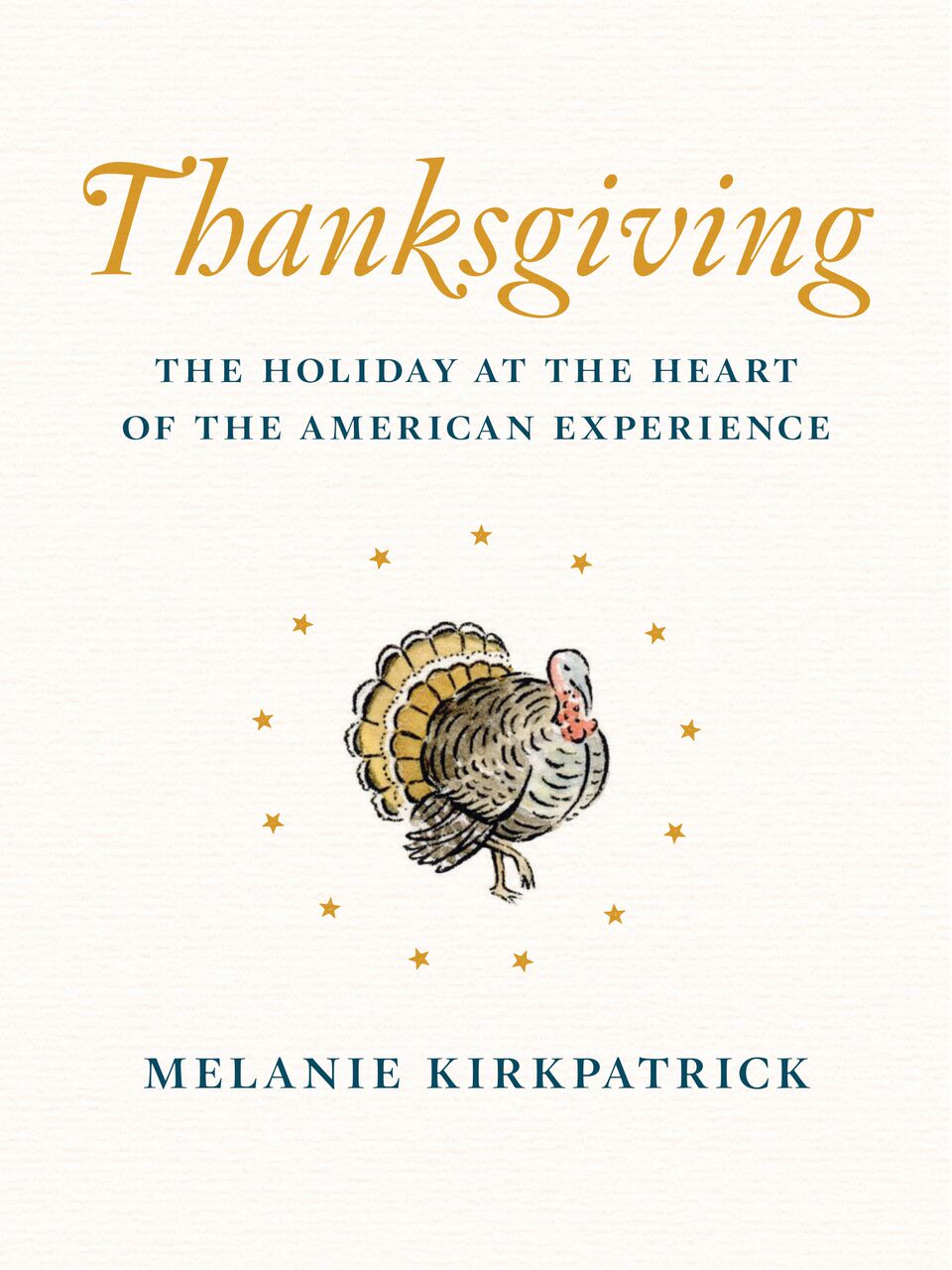We all know the story of Thanksgiving. Or do we? This homegrown American holiday has a rich and little-known history beyond the famous feast of 1621. Here are four surprising stories:
1. People disagree about when the first Thanksgiving was held.
If you could ask a Pilgrim about the three-day celebration with the Wampanoag Indians in Plymouth, Mass., in 1621, which most Americans think of as the first Thanksgiving, he would not have used the word “Thanksgiving.” For the Pilgrims, rather, a day of Thanksgiving was imbued with religious meaning and set aside for prayer and worship.
From the Pilgrims’ point of view, their first “Thanksgiving” took place in July 1623. Governor William Bradford declared a day of Thanksgiving to give thanks for the rain that had ended a drought and saved their harvest. Bradford wrote in his journal that the rain fell “with such sweet and gentle showers as gave them cause of rejoicing and blessing God.”
But in 1962, a Virginia state senator objected when President John. F. Kennedy mentioned Plymouth as the site of the First Thanksgiving. “America’s First Thanksgiving was actually celebrated in Virginia in 1619,” the Virginian wrote the president, referring to a religious ceremony that English settlers held when they arrived in Berkeley Plantation near Richmond. “Please issue an appropriate correction.”
“You are quite right,” came the reply from JFK’s special assistant, the historian Arthur Schlesinger Jr. “I can only plead unconquerable New England bias on the part of the White House staff.”
Schlesinger made sure that JFK did not slight Virginia again. In 1963, Kennedy’s Thanksgiving proclamation began: “Over three centuries ago, our forefathers in Virginia and in Massachusetts … set aside a time of thanksgiving.” Virginians were pleased to note that their state was named first, followed by the president’s home state of Massachusetts.
2. The Pilgrims likely ate corn instead of cranberries.
If you want to eat what the Pilgrims and Wampanoag ate in the 1600’s, put venison, corn and oysters on your Thanksgiving menu. The venison was provided courtesy of the Wampanoag who, like every good Thanksgiving guest ever since, brought a contribution to the feast—in this case, five deer.
Turkey may also have been on the table, but unlike today, it was not the centerpiece of the meal. Bradford writes in his Journal that there was a “great store of wild turkey” as well as other fowl at the time of the First Thanksgiving. The early English settlers also ate duck, geese, swan, crane, gulls and even eagle.
Cranberries grew wild in New England, but if a curious Pilgrim had picked and eaten one, he would not have wanted to eat a second. Cranberries are extremely tart and need sweetening to be palatable. Since sugar was expensive in England, it’s unlikely the Pilgrims had brought any with them on the Mayflower.
3. Not everyone liked the idea of a national Thanksgiving holiday.

It’s hard to imagine Thanksgiving as a source of political controversy. But such was the case in 1789, when George Washington called our first Thanksgiving as a nation. In his proclamation, Washington asked Americans to gather on the last Thursday of November to give thanks for the establishment of “a form of government for their safety and happiness.”
Some Members of Congress objected. The authority to designate a Thanksgiving Day belonged to individual state governors, not the president, they said. Others said Thanksgiving was a “religious matter” and therefore proscribed. Congress had just debated the text of the First Amendment, so the meaning of separation of church and state was fresh in Members’ minds.
Washington—wise in this as in almost every other matter—issued the proclamation, but then “requested” the governors to proclaim his suggested day of Thanksgiving in their states; he did not order them to do so. Thanksgiving was widely celebrated throughout the land.
Most Popular from TIME
4. Football quickly became a central part of the holiday.
The modern-day Thanksgiving holiday began in 1863 when Abraham Lincoln proclaimed a day of national Thanksgiving in the midst of the Civil War. Every subsequent president has followed Lincoln’s example.
Thanksgiving Day football games are almost as old as the holiday itself. The first Thanksgiving Day football game took place in the mid-1870s, when Princeton played Yale in Hoboken, N.J. The Princeton-Yale game was a catalyst for the creation of a popular audience for Thanksgiving Day football, and by the 1890s there were thousands of games being played across the country.
As Thanksgiving football fever swept the nation, many worried that “King Football” had replaced family and gratitude as the true meaning of the day. The Chicago Tribune spoke for many when, in 1896, it asked whether there was too much football and too little thanksgiving on the holiday.
One aspect of the holiday that has stayed the same over the centuries is gratitude. On the fourth Thursday of November, Americans of all religious faiths, and of none, pause to give thanks.
More Must-Reads from TIME
- Introducing the 2024 TIME100 Next
- The Reinvention of J.D. Vance
- How to Survive Election Season Without Losing Your Mind
- Welcome to the Golden Age of Scams
- Did the Pandemic Break Our Brains?
- The Many Lives of Jack Antonoff
- 33 True Crime Documentaries That Shaped the Genre
- Why Gut Health Issues Are More Common in Women
Contact us at letters@time.com